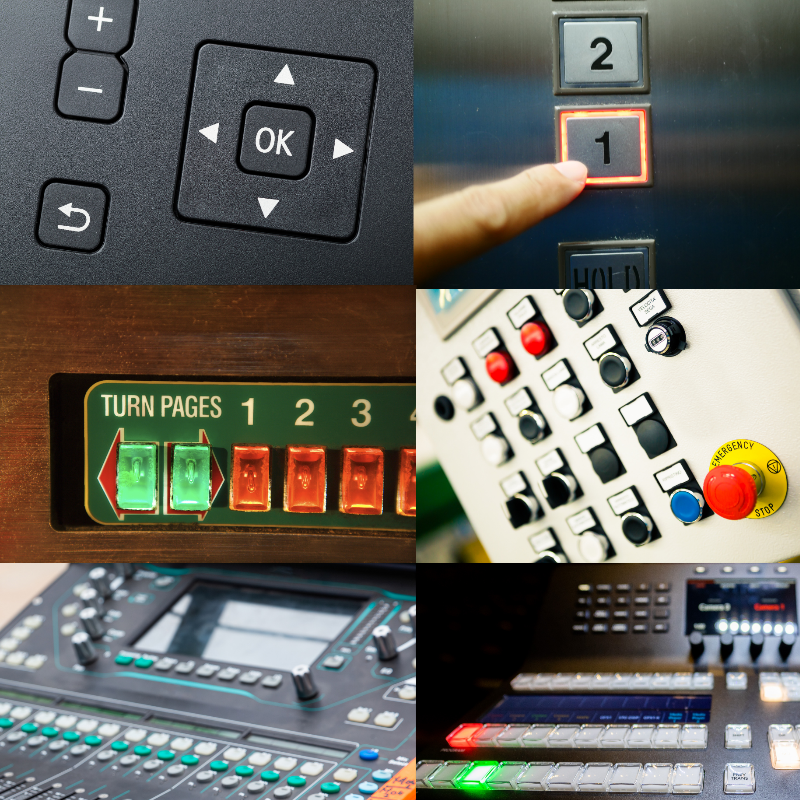When designing silicone keypads, whether for die-cast buttons or touch-sensitive panels, one of the most crucial challenges is finding the right balance between “bounce feel” and “wear resistance.” This delicate balance directly impacts the user experience and the longevity of the product. In this blog, we will explore how “snap ratio” design and silicone hardness optimization can help achieve an ideal balance, ensuring that keypads provide the perfect tactile response while maintaining durability.
The Importance of “Bounce Feel” and “Wear Resistance”
In the world of silicone keypads, the user’s interaction with the keypad is a critical factor that can make or break the product’s success. Whether the keypads are used in consumer electronics, automotive applications, or medical devices, the “bounce feel” (often referred to as the key’s return or rebound) plays a significant role in user satisfaction.
Bounce Feel or Snap Ratio is how a key reacts when pressed and released. A good “bounce feel” ensures that the key feels responsive and comfortable to the touch, providing the user with feedback that the key has been actuated successfully. The bounce feel is influenced by several factors, including the silicone material’s hardness, the design of the molding, and the way the keypad is engineered to return to its original shape.
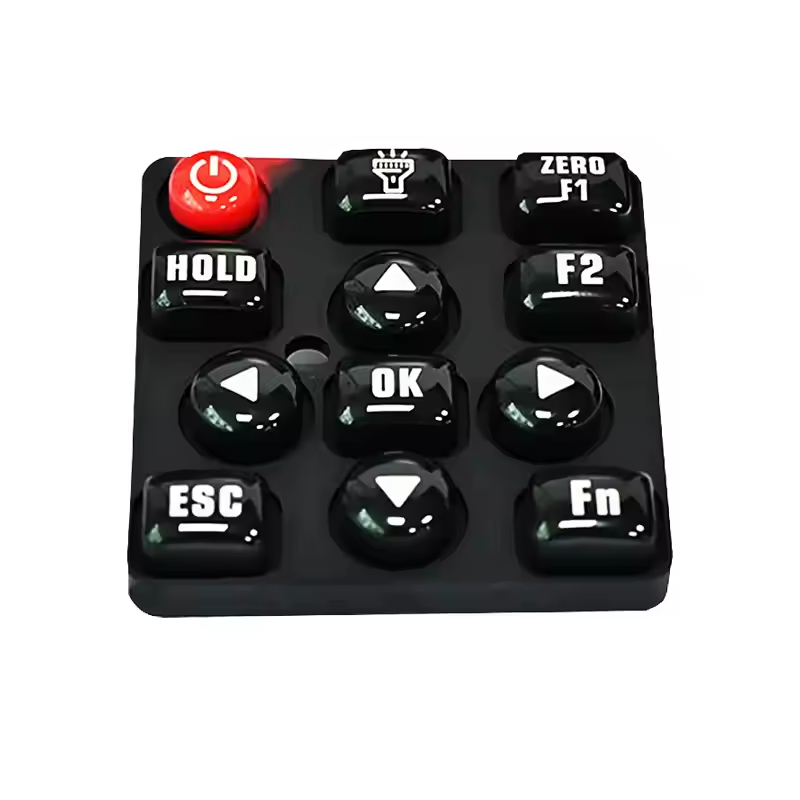
On the other hand, wear resistance is equally important, especially for keypads that will endure long periods of frequent use. The surface of the silicone key must withstand daily wear and tear, including abrasion, scuffing, and fading. If the keypad material is too soft, it may degrade quickly, causing a loss of tactile response and appearance. If it is too hard, the user may find it uncomfortable to use.
As one of the leading silicone keypad manufacturers, Flykeyboard understands the balance required to achieve both an excellent tactile response and long-term durability. Our state-of-the-art injection molding and silicone mixing techniques allow us to fine-tune this balance for each customer’s specific needs.
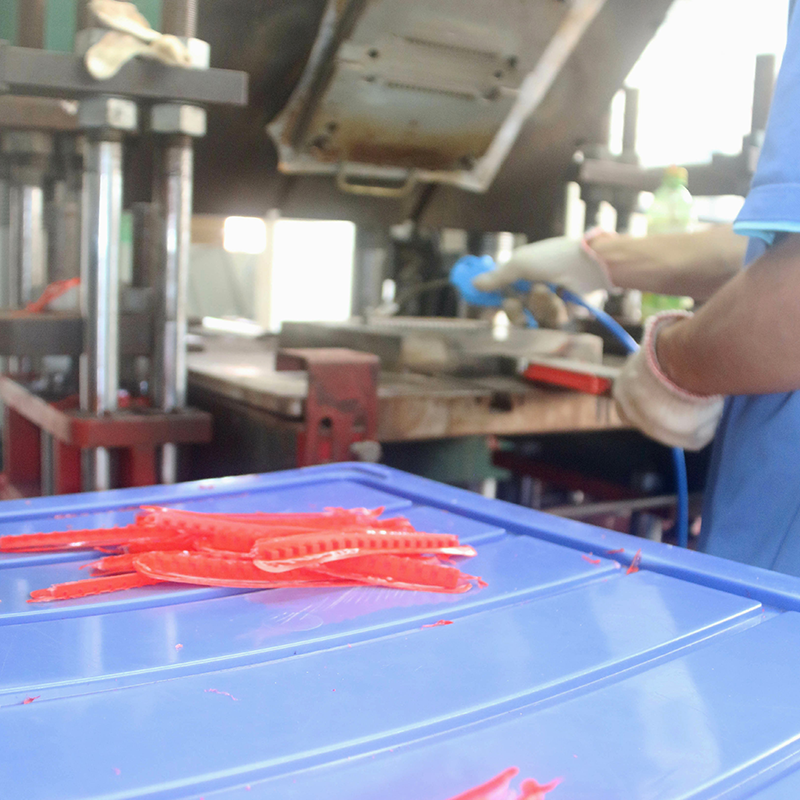
Snap Ratio Design: The Key to Achieving the Perfect “Bounce Feel”
The snap ratio is the measure of how quickly and strongly a key returns to its original position after being pressed. Achieving the ideal snap ratio is essential for making sure that the key feels responsive and that users can quickly distinguish between individual key presses. The snap ratio can be influenced by factors such as:
- Silicone Material Hardness: Softer silicones tend to offer a faster snap and a more pronounced tactile response. However, they may suffer from a lack of durability and wear resistance over time. On the other hand, harder silicones provide more resistance but may lack the required responsiveness.
- Keypad Design: The thickness of the silicone membrane, as well as the depth of the keypress mechanism, directly affects the snap ratio. Thinner keys tend to have quicker rebound times but may be more prone to damage. A thicker, more robust design ensures long-lasting durability but may sacrifice some of the tactile responsiveness.
- Molding Process: Our team at Flykeyboard uses advanced precision molding technology to ensure that the snap ratio of each key is perfectly calibrated. Through careful control of the molding process, we can create silicone keypads that provide excellent bounce feel without compromising durability.
By working with Flykeyboard, our customers benefit from our expertise in adjusting snap ratios through fine-tuning material composition, molding techniques, and key design, resulting in high-quality keypads that meet precise user demands.
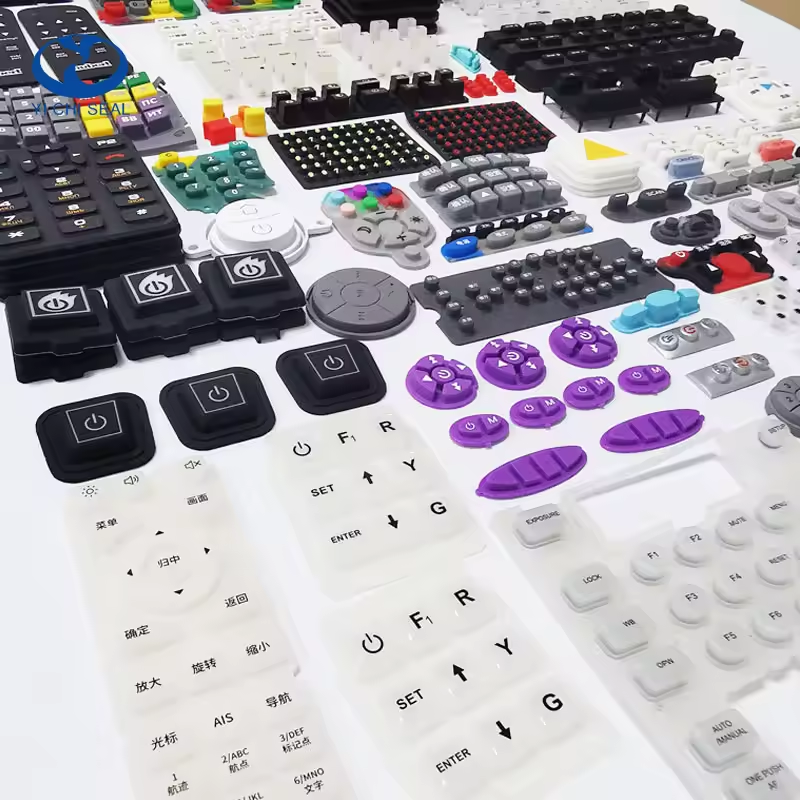
Optimizing Silicone Hardness for Wear Resistance
Another key factor in achieving the optimal balance between bounce feel and wear resistance is the silicone’s hardness. Silicone hardness is typically measured using the Shore A scale, which ranges from soft (20 Shore A) to hard (80 Shore A). Harder silicone provides better resistance to wear and tear, while softer silicone provides a more comfortable and responsive feel.
For keypads that require both a responsive feel and wear resistance, we recommend a medium-hardness silicone formulation, typically between 40 and 60 Shore A. This allows the keypads to provide a satisfying tactile response while also resisting abrasion and retaining their shape over time.
Flykeyboard’s proprietary silicone formulations are developed to offer the best of both worlds—ensuring that the keypads are durable enough to withstand high-traffic usage while maintaining an excellent bounce feel. Whether your product requires a softer touch for comfort or a firmer response for precision, our team can create a custom solution that meets your exact specifications.
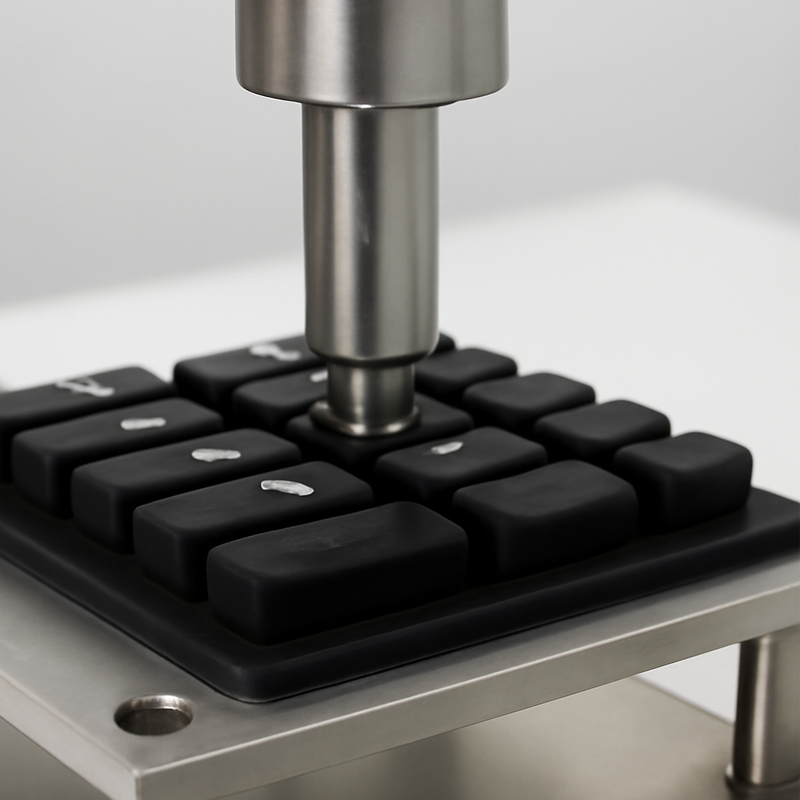
Real-Time Testing and Optimization for Keypad Performance
Achieving the perfect balance between bounce feel and wear resistance isn’t just about selecting the right materials and designing the mold correctly. Ongoing testing and feedback are also crucial. At Flykeyboard, we use advanced quality control techniques and real-time testing to ensure that every keypad we produce meets our high-performance standards. These methods include:
- Durability Testing: Simulating extensive usage and pressing cycles to ensure that the silicone material maintains its snap ratio and wear resistance over time.
- Tactile Feedback Testing: Conducting tests to ensure the correct snap ratio is achieved, guaranteeing that the user feels the right amount of feedback upon keypress.
- Environmental Testing: Subjecting keypads to various temperature and humidity conditions to ensure that the silicone maintains its properties in different environments.
Our commitment to comprehensive testing ensures that Flykeyboard produces keypads that deliver exceptional user experiences and outstanding durability.
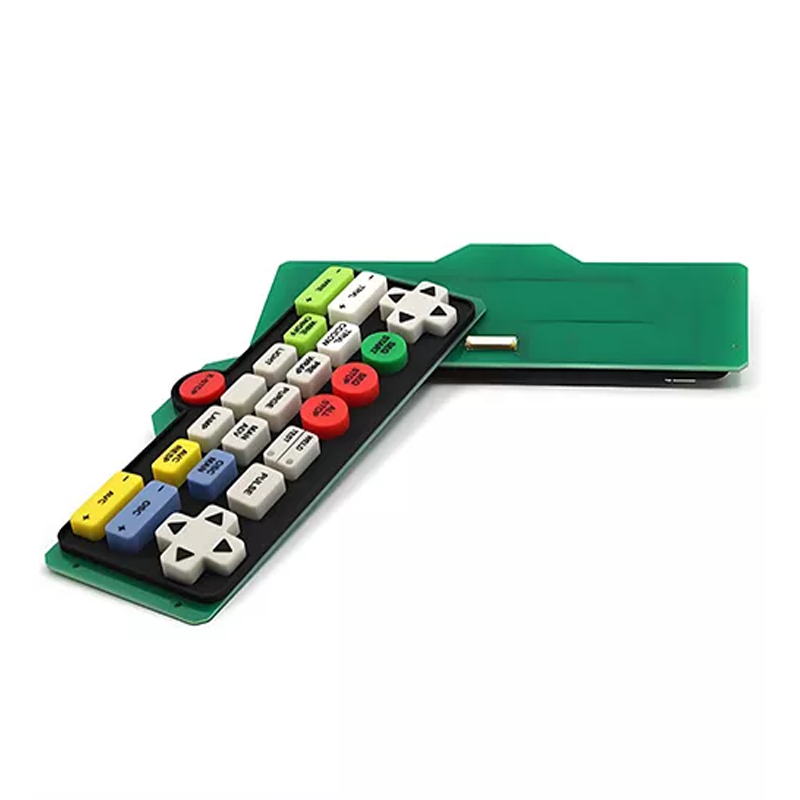
Collaborating with Flykeyboard for Your Custom Silicone Keypads
At Flykeyboard, we specialize in providing custom silicone keypad solutions tailored to the unique needs of our clients. Whether you are looking to design a new product or improve an existing one, we can assist you in selecting the right materials, optimizing the design for performance, and ensuring that your keypads meet the highest quality standards.
We pride ourselves on our state-of-the-art production facilities and advanced compression molding equipment, which allow us to produce high-quality silicone keypads with unparalleled precision. We also offer customization services, including color matching, logo embossing, and special textures, to make sure that your keypads are not only functional but also aesthetically pleasing.
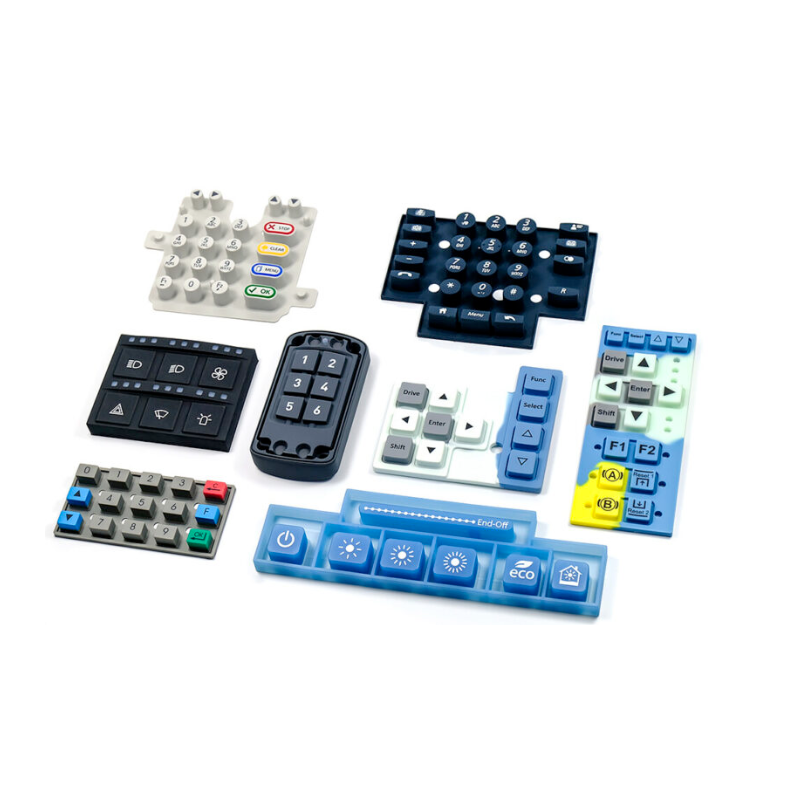
If you’re looking to improve your silicone keypad designs or create custom keypads for your product, we invite you to contact Flykeyboard today for a consultation. Let us help you achieve the perfect balance of bounce feel and wear resistance, ensuring that your products perform flawlessly and stand the test of time.

